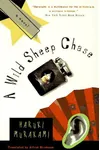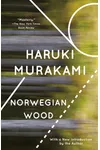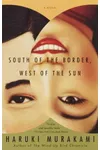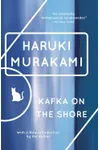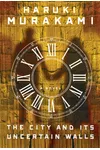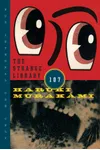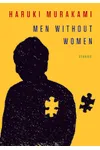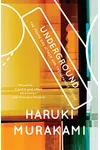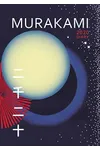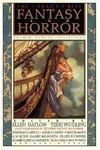Picture a Japanese storyteller who weaves surreal worlds with jazz, cats, and existential musings—meet Haruki Murakami! Born in Kyoto in 1949, this globally adored author crafts novels that blend magical realism, pop culture, and profound questions about life. From The Wind-Up Bird Chronicle to Kafka on the Shore, Murakami’s stories captivate readers with their dreamlike charm and emotional depth.
What makes Murakami special? His ability to turn the ordinary into the extraordinary, like a missing cat sparking a metaphysical journey. Whether you’re a longtime fan or new to his work, let’s dive into the life, stories, and legacy of this literary icon.
The Making of Haruki Murakami
Haruki Murakami grew up in Kobe, Japan, steeped in Western literature and music—think Beatles records and Kafka novels. After studying drama at Waseda University, he ran a jazz bar in Tokyo with his wife, Yoko, in the 1970s. At 29, while watching a baseball game, an epiphany struck: he could write a novel. His debut, Hear the Wind Sing (1979), launched his career, blending his love for music and introspective storytelling.
Influenced by authors like Raymond Chandler and Franz Kafka, Murakami carved a unique path, rejecting traditional Japanese literary norms. His early works, part of the “Rat Trilogy,” gained a cult following, setting the stage for his global breakthrough.
Haruki Murakami’s Unforgettable Stories
Murakami’s novels are like stepping into a dream where reality bends. Norwegian Wood (1987), a nostalgic love story set in 1960s Tokyo, skyrocketed his fame, selling millions in Japan. Its raw emotional honesty resonates with readers navigating love and loss. The Wind-Up Bird Chronicle (1994–1995) dives deeper into surrealism, following a man’s search for his missing wife, unraveling Japan’s wartime past and existential mysteries.
Kafka on the Shore (2002) is a fan favorite, blending parallel narratives of a runaway teen and an elderly man who talks to cats. Its mythical undertones and philosophical depth showcase Murakami’s signature style: accessible yet profound, with recurring motifs like wells, music, and loneliness. His memoir, What I Talk About When I Talk About Running (2007), parallels his marathon running with writing, revealing the discipline behind his craft.
Murakami’s style—clean prose, pop culture references, and magical realism—creates a universal appeal. His characters grapple with isolation and identity, making his stories timeless. Whether it’s a talking frog or a mysterious library, his worlds invite readers to question reality.
Why Haruki Murakami Matters
Murakami’s impact transcends borders. Translated into over 50 languages, his books have inspired filmmakers, musicians, and writers. He’s won awards like the Franz Kafka Prize and been a perennial Nobel Prize contender. His blend of Japanese and Western influences bridges cultures, making him a global literary figure. Fans adore his ability to capture the human condition—those quiet moments of longing or wonder.
Beyond fiction, Murakami’s essays and translations (he’s translated F. Scott Fitzgerald and J.D. Salinger into Japanese) enrich literary discourse. His marathon running, often tied to his writing philosophy, inspires readers to find discipline in their passions. Murakami isn’t just a writer; he’s a cultural phenomenon.
- Born: January 12, 1949, Kyoto, Japan
- Key Works: Norwegian Wood, The Wind-Up Bird Chronicle, Kafka on the Shore
- Awards: Franz Kafka Prize, Jerusalem Prize
- Fun Fact: He’s run over 30 marathons!
Ready to lose yourself in a Murakami novel? Grab Kafka on the Shore and dive into his surreal, soulful world!


